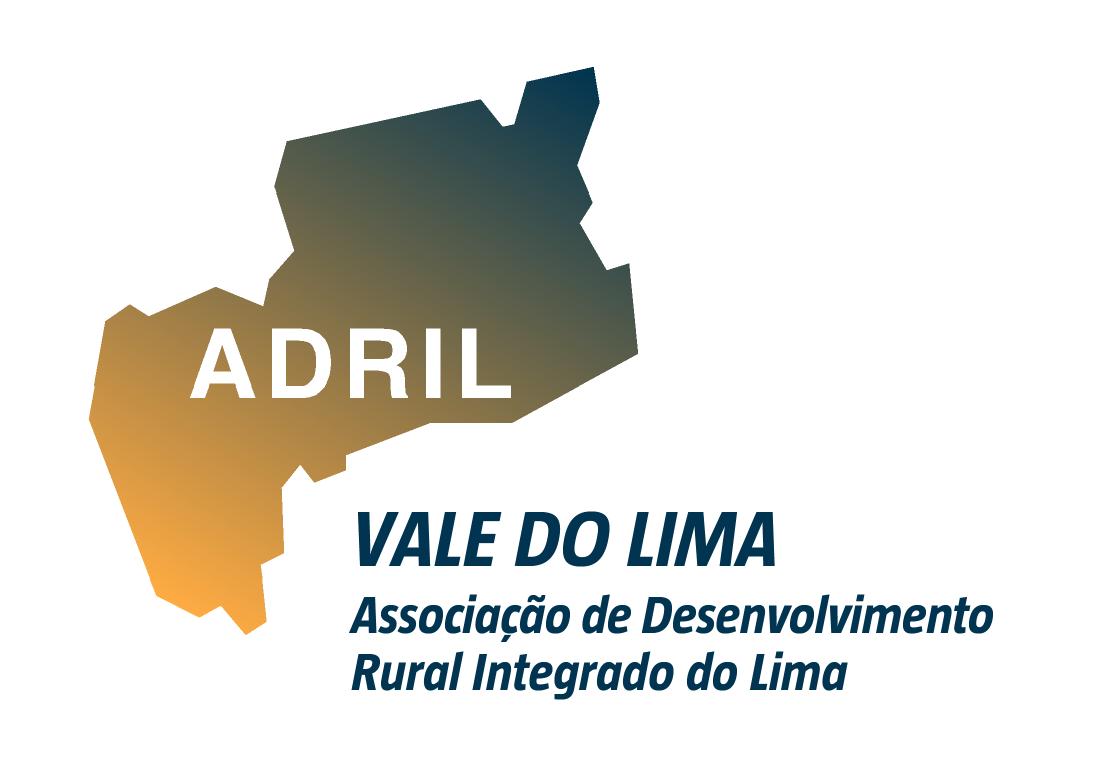Embroidery and lace are the mirror image of the soul belonging to their artists, who seek inspiration in nature, nature of contrasts, rustic or mild, earth or ocean, river or mountain, soft or hard tones of the sky, flowers, fish or birds.
The "Alto de Minho" is a region where the art of embroidery is an important and sorted wealth, which extends itself over the whole "Ribeira Lima" (Lima Riverside region), and where the embroiders and lace-makers transmit inheritance and tradition.
The embroidery in this region is very diverse, since the famous and traditional "regional garments", to the embroidery done with pieces of linen and cotton: Towels; cloths; tablecloths; handkerchiefs; etc, not forgetting the emotional "lover's handkerchief".
Porta de Lamas de Mouro is both a reception, interpretation, animation and environmental educational structures, and is the result of a strict collaboration between the Municipality and Peneda Gerês National Park.
This “gateway” stands as the most important and the eldest protected area In our country, thus representing a essential pole for a first contact with our visitors, the control and monitoring of tourist affluence as well as the (in)formation for a sustainable tourism.
Porta de Lamas de Mouro provides its visitors with infrastructures, equipments and resources that enable the (in) formation to tourist, thus promoting the divulging and interpretation of the architectural, cultural and natural heritage of the surrounding large public area / space.
Melgaço is a compulsory stop for gastronomic gourmets. Traditional recipes and habits give local products their exquisite and irresistible taste. Lots of tourists come to Melgaço to appreciate tastes and aromas of our gastronomy.
Our traditional cuisine is simple but of great quality thanks to a close relationship between local ingredients and traditional dishes such as the wanted roast sucking lamb (cooked in wood oven, lamprey à la Bordalesa (with bread), breaded lamprey or grilled smoked lamprey, trout -from the Minho river (filled with smoked ham), sarrabulho (black pudding), grelos com rojões (shoot cabbage with kidneys), bola da frigideira (corn bread cooked in a frying pan), bolo na pedra (corn bread cooked in wood oven), água d’unto (greasy water), bucho doce (bread cake cooked in pork stomach), migas doces (sweet crumbled bread caked) and pasteis mimosos (custard tarts), smoked reddish ham (from Fiães or Castro Laboreiro), several varieties of smoked pork sausages, and Alvarinho wine. They altogether gather proprieties to offer you a delicious meal.
Although some of the species are now extinct, such as the brown bear and the mountain goat, the National Park still presents a very varied fauna, with important species like the wolf, the roe deer, the wild boar, the fox, the wild ferret and the otter.
Of special importance among the bird species are the endangered royal eagle, the kite, the woodland screech owl and the titmouse. Among the reptiles the most important are the rarely found Seoane viper and the horned viper, as well as the water snake, the water lizard and the green lizard. Amphibians of special note are the rare Lusitanian salamander, the tritons, the Iberian frog and the midwife toad.
The typical vegetation of the region is oak. It is almost always the black oak that predominates, coexisting with an impressive diversity of ferns, mosses, lichen, mushrooms and other plants such as the endangered holly.
There are woods where the Gerês lily can be found, but the plants are mostly heather, genista, gorse, broom, gramineous plants and juniper. This latter, like the woodland pine, the yew, the white birch and the rare Gerês fern, is a true relic of glacial flora. The varied climatic influences occasionally result in unexpected flora, with examples being the cork oak and the British oak. In the higher zones you can find areas that are always flooded, where the carnivorous plants, most particularly the "Orvalhinha", are a constant feature.
Oaks dominate most of the Gerês area. The woods can be divided into two different types of biotopes: the alvarinho oak woods and the black oak woods. The first are located in low altitud and warm valleys. Here, besides the alvarinho (Quercus robur), you can find the butcher’s broom (Ruscus lusitanica), arbutus-tree (Arbustus unedo) and the laurel cherry-tree (Prunus lusitanica), among others.
The Garranos are small bay horses, descendants of the horses represented in the incisions inside the caves of Lascaux and Altamira. They derive therefore from a very ancient breed present in the Portuguese territory from prehistory, as seen in paintings of the Paleolithic era.
 |
 |